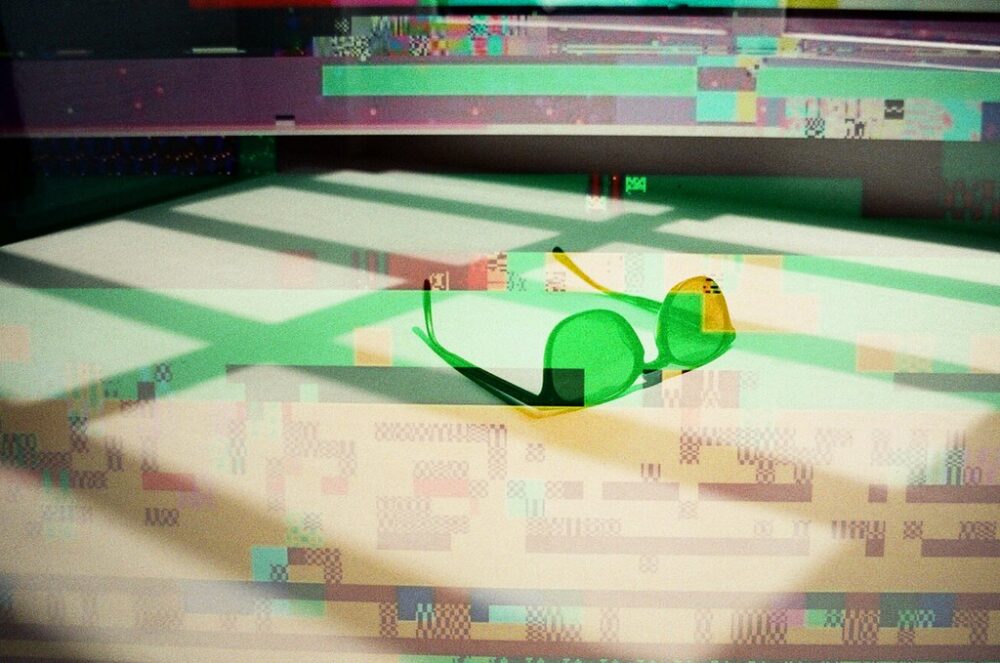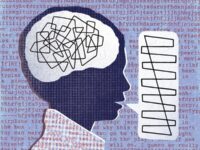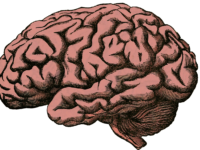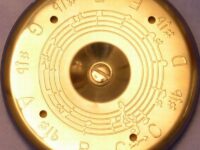The rain is pouring outside. It’s only 1 p.m. on a Monday, yet you feel the day has already dragged on for ages. You’ve only made it through two lectures, an hour of unproductive studying, and about half a protein bar. Naturally, you end up at a local — new — coffee shop for a midday pick-me-up. After shouting your order across the bar and watching the barista craft your latte, it comes time to pay. Your card declines. Before processing the embarrassment or finding an escape plan, a different thought fills your head. It feels like you have been in this exact coffee shop before on a rainy day, ordered a latte, and had your card declined. That very moment feels like a repetition of the past; there’s a glitch in your reality — déjà vu.
“The very moment you are living feels like a repetition of the past; there’s a glitch in your reality.”
This phenomenon is quite common, with well over half of the population saying they’ve experienced déjà vu at least once in their lives. So, what actually happened to you at that moment? A popular belief is that déjà vu is evidence of the multiverse. People theorize that the phenomenon occurs because you have in fact experienced this reality before, in a parallel dimension. Although it’s hard to prove a rift in alternate dimensions, there is stronger, more research-backed evidence that déjà vu is not a glitch in the universe but rather located somewhere closer to home — our brains.
Many neuroscientists have researched the phenomenon and come up with various explanations as to why déjà vu occurs. One belief is that déjà vu occurs because of temporal lobe seizures, stemming from the fact that people with temporal lobe epilepsy (TLE) typically experience déjà vu as a symptom. The temporal lobe, specifically the hippocampus, is the region of the human brain involved in the storage and retrieval of memory. P.N. Vlasov, a professor of neurology at the Moscow State University of Medicine and Dentistry, investigated the relationship between temporal lobe seizures and déjà vu, and he was able to draw a distinction between epileptic déjà vu and non-epileptic déjà vu. Vlasov compiled a case study on the epileptic and non-epileptic subjects who reported experiencing déjà vu and compared their electroencephalogram (EEG) readings. He found that in epileptic subjects, there is a definitive random and extensive neuron firing in the various regions of the temporal lobe. In other words, pathologic déjà vu is a result of excessive neuron firing or a simple partial seizure. However, the same neuron firing pattern was not picked up in the EEG of a non-epileptic patient experiencing déjà vu, meaning they did not have a seizure.
“Pathologic déjà vu is a result of excessive neuron firing, or a simple partial seizure.”
This raises the question, why do non-epileptic people experience déjà vu?
A 2015 research experiment conducted by Dr. Akira O’Connor, a professor at the University of St Andrews, and others reveals an entirely new explanation of déjà vu. Rather than being a malfunction of perception and memory recall, déjà vu is an active process of decision-making within the frontal lobe. O’Connor used fMRIs to image subjects’ brains while inducing feelings of familiarity or déjà vu. The results showed regions of interest (ROIs) in the prefrontal and parietal regions. Further, “analyses confirmed that, within the prefrontal and parietal ROIs, the response of ‘conflict’-affiliated subregions to cue strength peaked significantly earlier than the ‘retrieval’-affiliated subregions’ response to confidence.” In other words, when déjà vu is experienced, the brain is initiating a conflict-resolution sequence or decision-making process, prior to memory retrieval.
The significance of this new research regarding the neuroscience behind déjà vu is an insight into the functioning of the brain. Déjà vu is the brain having a conversation with itself, checking in on its own memory recall accuracy and ability. When the brain perceives familiar environmental stimuli, it engages the decision-making process — the prefrontal cortex — to determine whether the experience is actually a familiar memory. This may elicit memory recall, but it is secondary to the initial “conflict”-affiliated prefrontal and parietal subregion involvement.
“Déjà vu is the brain having a conversation with itself, checking in on its own memory recall accuracy and ability.”
So, what exactly happened as your card declined at the coffee shop? Although there’s no conclusive answer just yet, it’s likely that your brain was talking to itself, trying to figure out if everything that is perceived is also stored in your memory. What we do know, definitively, is that this glitch — déjà vu — gives us insight into how our minds perceive and remember our experiences, and it may not be such a bad thing after all.
J Cogn Neurosci. (2015). DOI: 10.1162/jocn_a_00808
Epilepsy & Behavior Case Reports (2013). DOI: 10.1016/j.ebcr.2013.08.001






